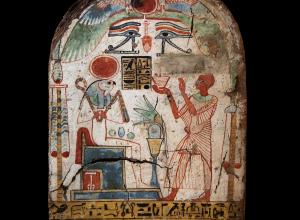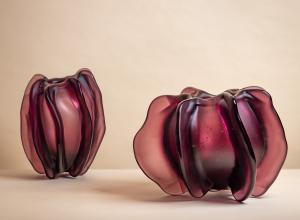In 2019, the Notre Dame Cathedral was engulfed in a catastrophic fire that ultimately damaged and destroyed its upper walls, roof, and spire. Even as it burned, devastated onlookers poured in donations. Thus, it did not take long for the Cathedral's rebuild to begin.
Latest Art News
The Parthenon Marbles and Greece’s quest for their restitution is perhaps one of the most famous instances of such a thing, with the marbles now becoming a part of two different and diametrically opposed national identities. This list presents ten other such cases, some resolved, some not, of cultural objects of dubious legality, where they came from, where they are now, and who wants them.
The caduceus, constantly mistaken for the Rod of Asclepius, has been wrongly used as a medical symbol for a little over one hundred years. Although they are often used interchangeably in contemporary settings, the two symbols have very different meanings. Could you tell them apart?
Nujoom Al-Ghanem is, unquestionably, one of the pioneering artists of the UAE. She began her career as a poet and journalist, and she has since moved into multiple other mediums; she has published numerous collections, directed several films, and has represented the UAE at the Venice Biennale.
Take a Peek at Tim Newton's Collection & Read on for Beginner’s Tips
Ukrainian pysanky are more than beautifully decorated eggs. The folkloric tradition has lasted for centuries and its core tenets have even been linked to more widely-spread ancient practices centered on early human understanding of creation and life. Though they can now be found across the world, the pysanka and associated traditions remain deeply Ukrainian.
Maitha Abdalla’s oeuvre lives somewhere between the surreal world of dreams, the theatrical world of performance, and the very real cultural signifiers found within her daily life. Pulling imagery from the stories she grew up around, the young Emerati artist synthesizes nostalgia and social identity.
"Could modern architects not learn to work with traditional materials while retaining the forms and the spirit of our own times? This is the question so beautifully answered by one of the greatest of all modernists, the American architect Louis Kahn."
Between 1897 and 1926, Claude Monet painted approximately 250 waterscapes of his favorite subject towards the end of his life: Water lilies. The latter half of these paintings in particular are lauded as stunning feats in compositional experimentation and innovation.
Up until the late nineteenth century, Rome’s forum—the political center of the ancient Roman world and now one of the most visited sites in the city—was still hidden, buried under meters of debris and earth. Today, a new exhibition at the site showcases the work of the lead archaeologist who undertook the forum's excavation, Giacomo Boni.


![DEl Kathryn Barton [Australian b. 1972] the more than human love , 2025 Acrylic on French linen 78 3/4 x 137 3/4 inches 200 x 350 cm Framed dimensions: 79 7/8 x 139 inches 203 x 353 cm](/sites/default/files/styles/category_card_187x139/public/ab15211bartonthe-more-human-lovelg.jpg?itok=LJbNuU6F)

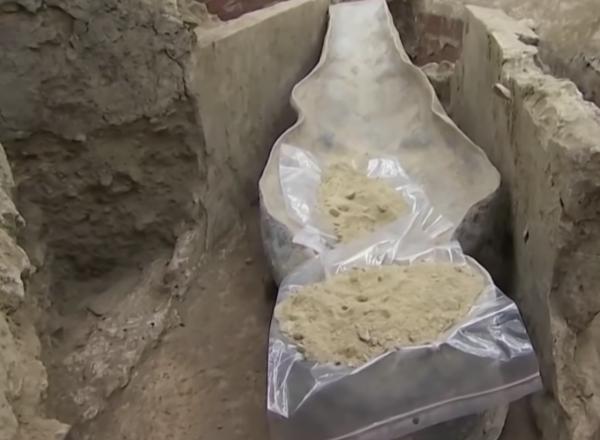
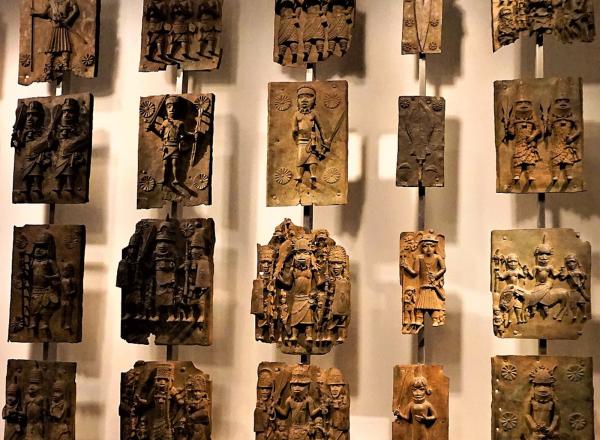
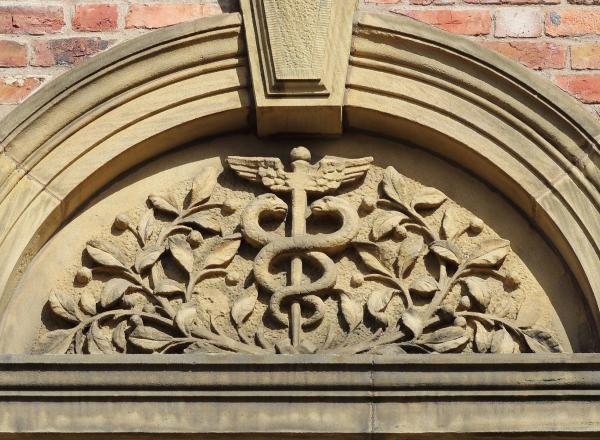
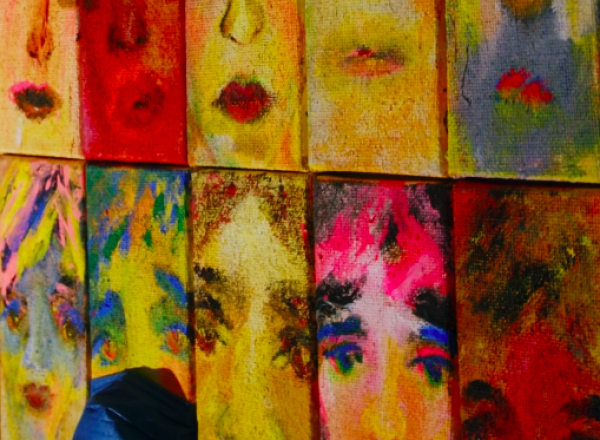
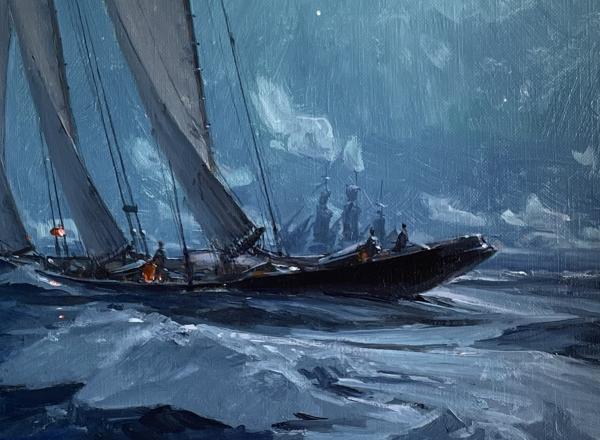

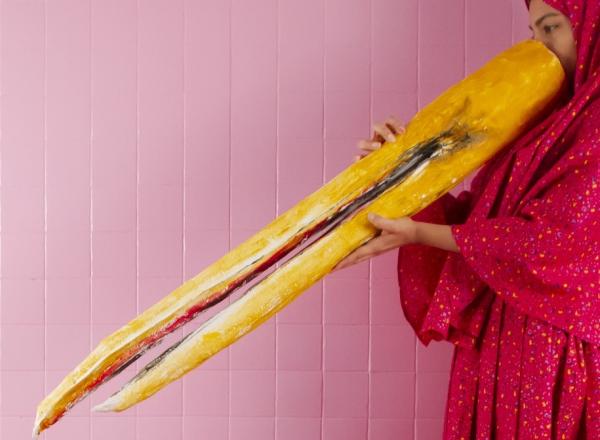
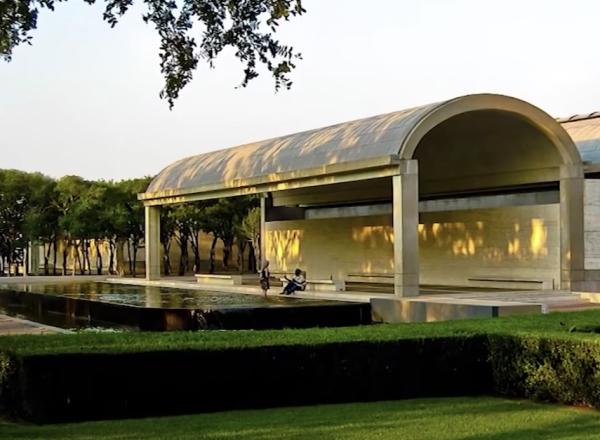
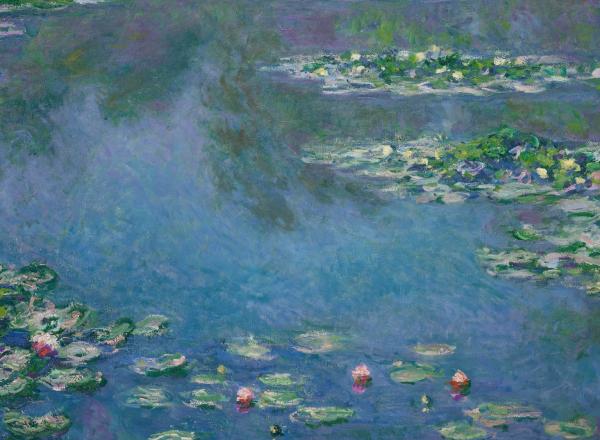
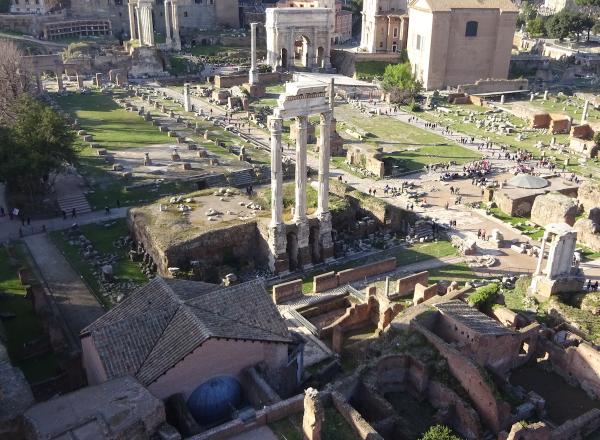

![DEl Kathryn Barton [Australian b. 1972] the more than human love , 2025 Acrylic on French linen 78 3/4 x 137 3/4 inches 200 x 350 cm Framed dimensions: 79 7/8 x 139 inches 203 x 353 cm](/sites/default/files/styles/image_5_column/public/ab15211bartonthe-more-human-lovelg.jpg?itok=wW_Qrve3)











![Ginevra de’ Benci [obverse]. 1474/1478. Leonardo da Vinci. Oil on Panel. Ailsa Mellon Brue Fund, National Gallery of Art.](/sites/default/files/styles/image_5_column/public/ginevradebenciobverse196761a.jpg?itok=hIzdUTaK)

